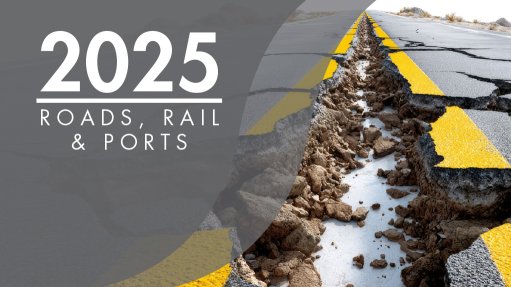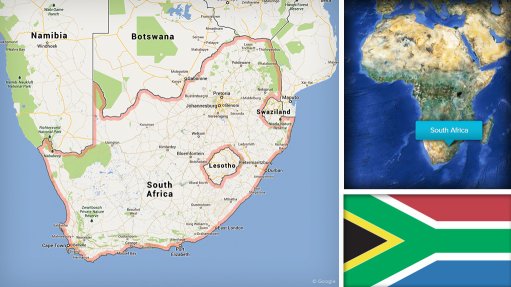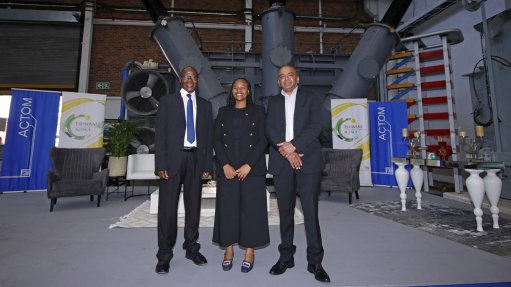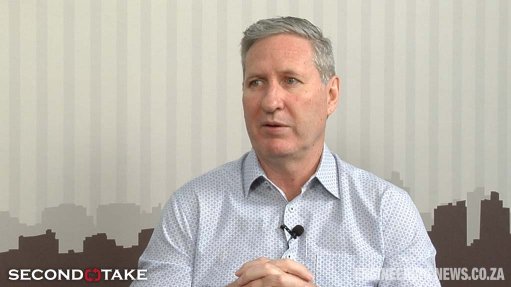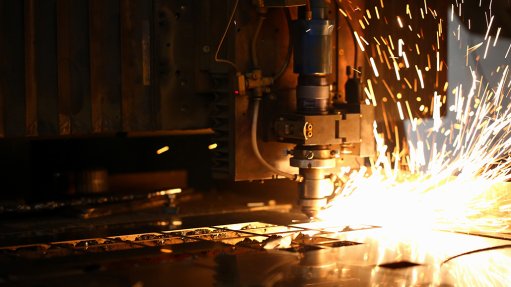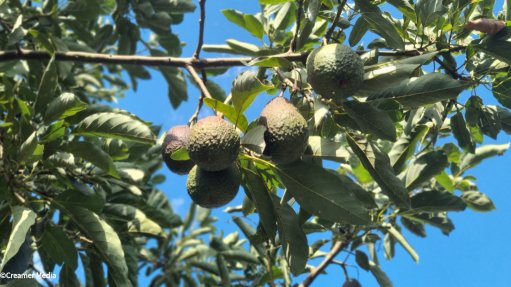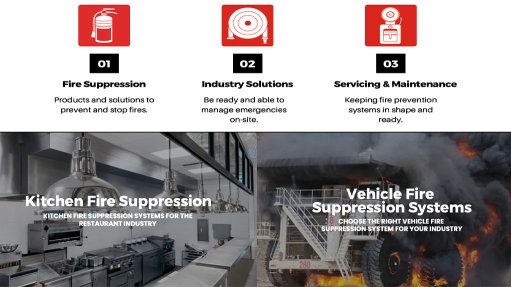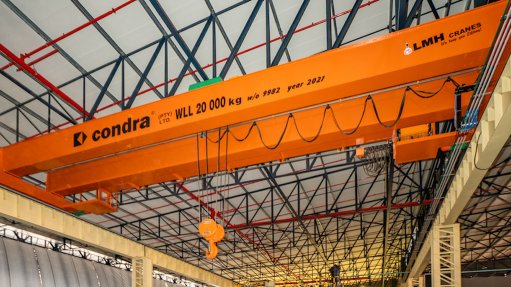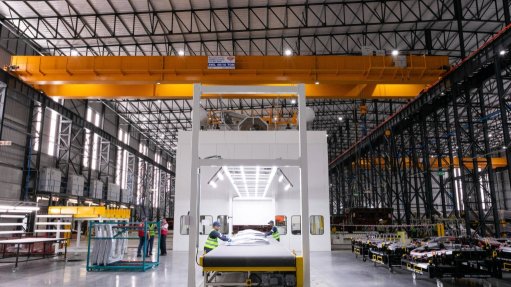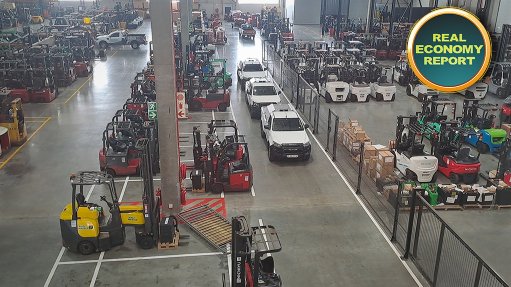Infrastructure gaps stall recycling

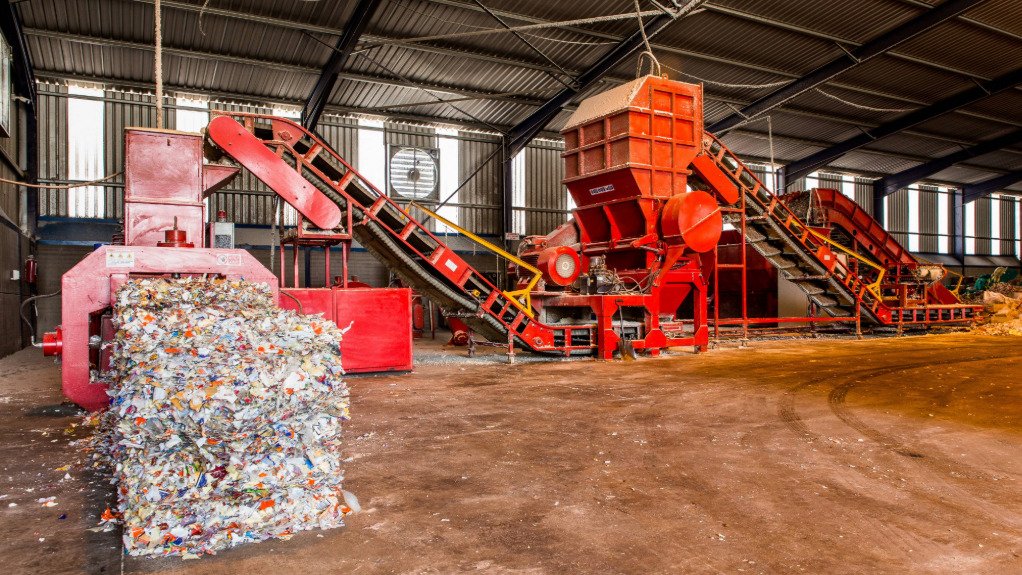
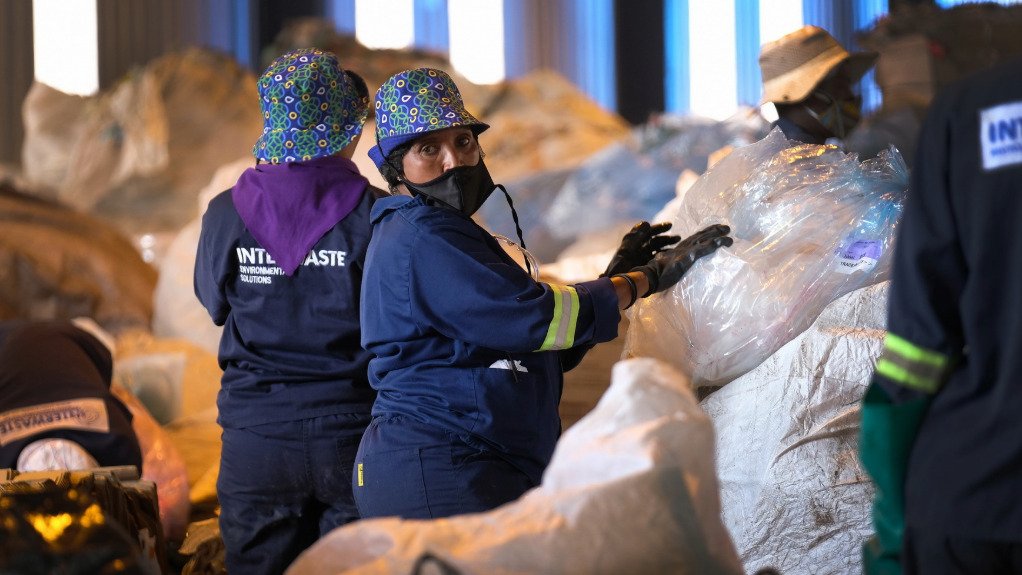
CONTAGION EFFECT In most cases, environment-friendly packaging enter recycling systems and, consequently, contaminate polyethylene terephthalate bales, reducing their value
Photo by Interwaste
WASTE NOT, WANT NOT As the role of wastepickers is increasingly being recognised by EPR regulations, private-sector-led partnerships are required to ensure wastepickers’ integration into the formal system, resulting in fairer compensation, training and access to safer working conditions
Photo by Interwaste
Biodegradable, compostable and recyclable are terms that denote a “straightforward” understanding, but waste management company Interwaste says they actually imply “vastly different” end-of-life outcomes, adding that the systems required to realise these outcomes “are not yet consistently available in South Africa”.
A lack of supporting infrastructure is particularly evident in the case of biodegradable and compostable packaging, with these packaging materials often marketed as environment-friendly solutions. However, South Africa has very limited industrial composting capacity, with only a few municipal pilot projects in the Western Cape, says Interwaste CEO Justin Bott.
Without widespread municipal support, the majority of environment-friendly packaging is dumped at landfill sites anyway, where conditions result in their deteriorating differently than initially intended or designed.
In most cases, however, they enter recycling systems and, consequently, contaminate polyethylene terephthalate (PET) bales, reducing their value – a challenge that was highlighted in producer responsibility organisation (PRO) Petco’s 2024 yearly results.
This challenge illustrates that being technically recyclable does not guarantee that packaging will be recycled in practice.
Bott adds that, while PET beverage bottles achieved an impressive 70% recycling rate in 2024, other packaging types – such as multilayer laminates – still lack the infrastructure and offtake to make large-scale recovery viable.
While global pilot projects for multilayer laminates show potential, these formats are often redirected to alternative recovery solutions, such as refuse-derived fuel, in South Africa.
Infrastructure Challenges
“South Africa’s circular economy is moving forward, but infrastructure gaps remain one of the most significant constraints on scaling recovery,” Bott states.
The absence of consistent collection, separation and processing capacity limits the amount of material that can be diverted from landfills, and Bott suggests that the most pressing infrastructural challenges include embedding household collection and separation at source, sorting and processing for complex formats, uneven municipal capacity and end-market development.
Closing these gaps requires multisectoral collaboration, with public–private partnerships being particularly well-suited to areas where municipalities cannot afford to fund new infrastructure.
“No single player can close the loop on packaging waste in South Africa. The shift to a circular economy depends on strong partnerships that connect producers, waste managers, municipalities, regulators and consumers into one functioning system,” Bott states.
While extended producer responsibility (EPR) regulations have created a framework where producers must take responsibility for the end-of-life of their packaging, more collaboration among brand owners, recyclers and PROs is required to expand the recovery of more complex materials.
However, “municipalities remain at the frontline of waste collection”, and partnerships with private waste management companies can help expand separation-at-source programmes, create drop-off facilities and build the infrastructure needed to improve recovery rates, says Bott.
Meanwhile, the role of wastepickers is increasingly being recognised by EPR regulations; however, private-sector partnerships can help to ensure that wastepickers are integrated into the formal system and receive fair compensation, training and access to safer working conditions.
Formalising these partnerships is one of the more direct ways of developing circular outcomes and inclusive economic impact.
Bott also notes that “niche” collaborations could potentially close some of the systemic gaps, as targeted partnerships might demonstrate how industry-specific waste can be successfully recovered when stakeholders are aligned.
“Meaningful progress will come from ecosystems, not individual efforts.”
South Africa can build an inclusive and effective packaging recovery system by strengthening PRO-led collaboration, supporting municipalities with infrastructure, integrating wastepickers into the formal economy and expanding specialist take-back programmes, he says.
Innovation
Interwaste believes that innovation in packaging waste management must be practical, scalable and aligned to systems already “on the ground” in Southern Africa.
Bott says the most promising opportunities are those that can deliver measurable outcomes while bridging current infrastructure gaps. This includes shifting packaging towards mono-material formats, scaling specialist take-back schemes for niche items, such as label liners, and expanding beneficiation and energy recovery infrastructure for non-recyclables.
Moreover, recent investments in South Africa highlight the importance of building local beneficiation capacity, as this will help with the expansion of facilities that can convert waste back into packaging-grade material, thereby maintaining value in the region and creating jobs across the recycling chain.
“Innovation is not only about new technologies or materials but also about creating fit-for-purpose solutions that work within our local context. With these opportunities, packaging waste management can play a pivotal role in advancing both environmental and economic goals across the region,” he concludes.
Article Enquiry
Email Article
Save Article
Feedback
To advertise email advertising@creamermedia.co.za or click here
Comments
Press Office
Announcements
What's On
Subscribe to improve your user experience...
Option 1 (equivalent of R125 a month):
Receive a weekly copy of Creamer Media's Engineering News & Mining Weekly magazine
(print copy for those in South Africa and e-magazine for those outside of South Africa)
Receive daily email newsletters
Access to full search results
Access archive of magazine back copies
Access to Projects in Progress
Access to ONE Research Report of your choice in PDF format
Option 2 (equivalent of R375 a month):
All benefits from Option 1
PLUS
Access to Creamer Media's Research Channel Africa for ALL Research Reports, in PDF format, on various industrial and mining sectors
including Electricity; Water; Energy Transition; Hydrogen; Roads, Rail and Ports; Coal; Gold; Platinum; Battery Metals; etc.
Already a subscriber?
Forgotten your password?
Receive weekly copy of Creamer Media's Engineering News & Mining Weekly magazine (print copy for those in South Africa and e-magazine for those outside of South Africa)
➕
Recieve daily email newsletters
➕
Access to full search results
➕
Access archive of magazine back copies
➕
Access to Projects in Progress
➕
Access to ONE Research Report of your choice in PDF format
RESEARCH CHANNEL AFRICA
R4500 (equivalent of R375 a month)
SUBSCRIBEAll benefits from Option 1
➕
Access to Creamer Media's Research Channel Africa for ALL Research Reports on various industrial and mining sectors, in PDF format, including on:
Electricity
➕
Water
➕
Energy Transition
➕
Hydrogen
➕
Roads, Rail and Ports
➕
Coal
➕
Gold
➕
Platinum
➕
Battery Metals
➕
etc.
Receive all benefits from Option 1 or Option 2 delivered to numerous people at your company
➕
Multiple User names and Passwords for simultaneous log-ins
➕
Intranet integration access to all in your organisation






